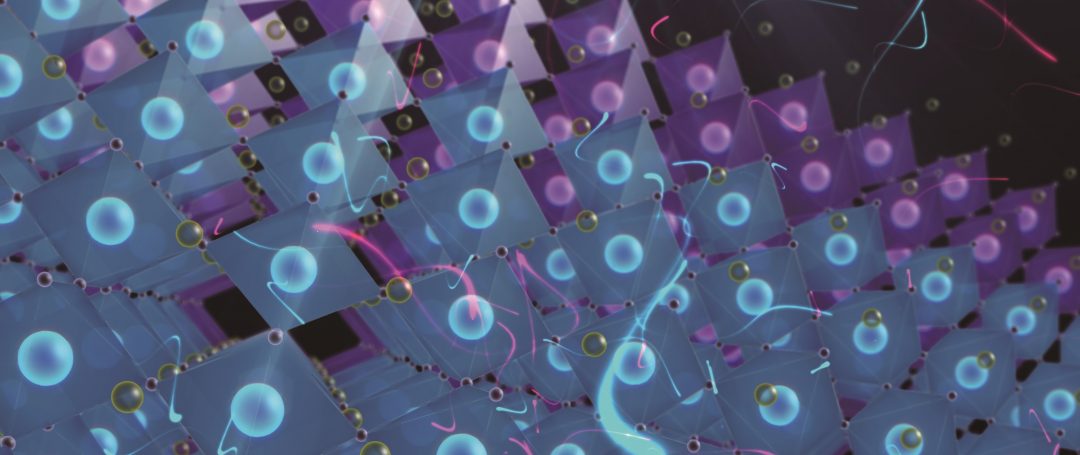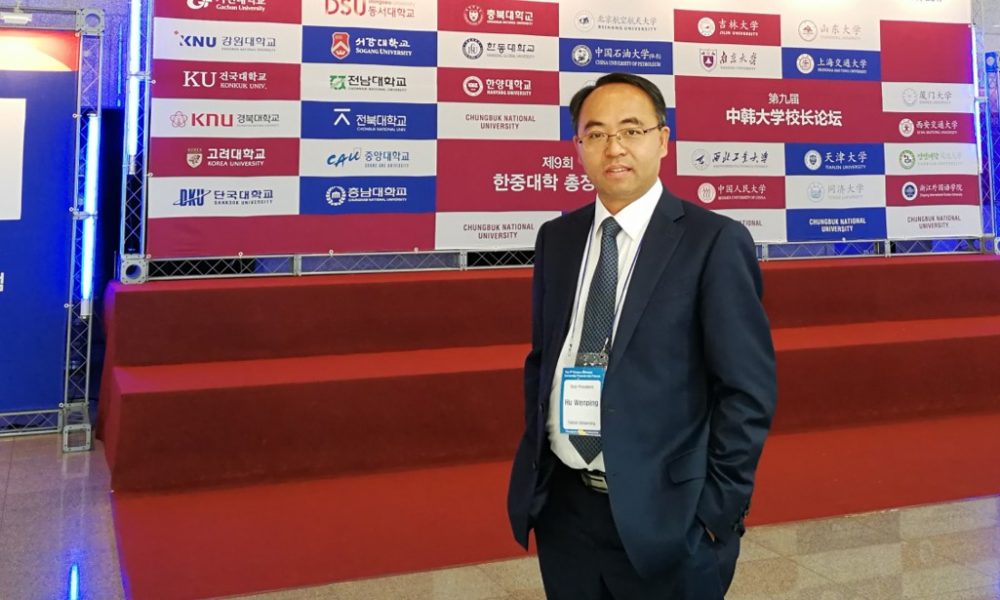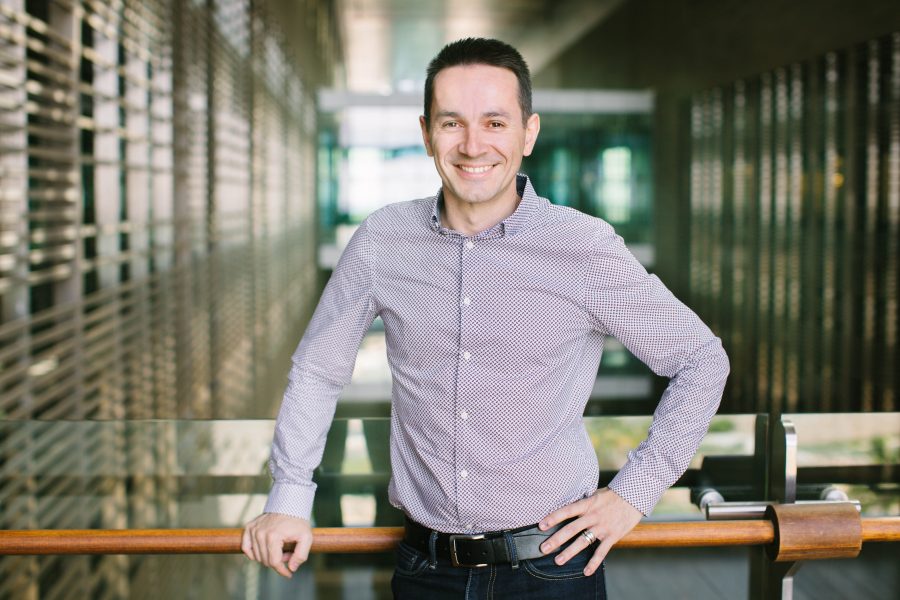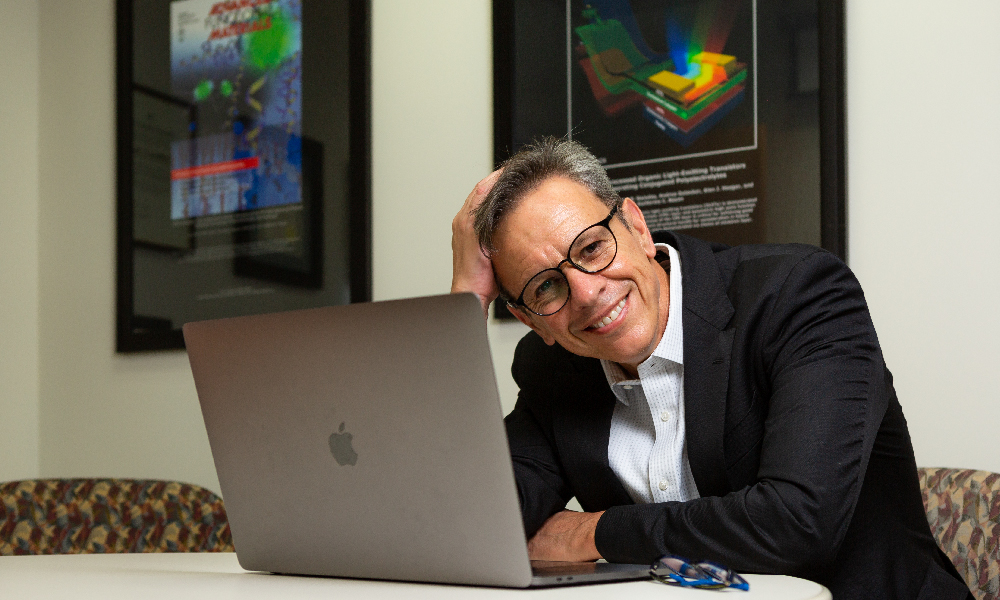Especially for deliveries with very short distances, electric vehicles make sense. British food supplier Milk & More relies on the StreetScooter.


Especially for deliveries with very short distances, electric vehicles make sense. British food supplier Milk & More relies on the StreetScooter.

Henry Snaith and Zhiping Wang discuss the reasons behind thermal instability in perovskite structures, and the solutions under investigation.

Wenping Hu on his scientific career, important discoveries and future challenges.

Thomas D. Anthopoulos offers us a fascinating window into his career path, motivations, and philosophy.

30 years of Advanced Materials – time for a party!

Crowdsourcing opens the door to solving a wide variety of problems that previously were unfeasible in the field of machine learning, allowing us to obtain relatively low cost labeled data in a small amount of time.
![A High-Performance Sensor for Touchscreens [Video]](https://www.advancedsciencenews.com/wp-content/uploads/2018/10/adfm201804721_ASN_image.png)
A nanoforce sensor developed by KAIST researchers provides high sensitivity, transparency, and mechanical durability against bending.

Guillermo C. Bazan on intellectual giants, science communication and future research.
![Photosynthetic Biosensor for Touch Perception, UV-Detection, and Nanopower Generation [Video]](https://www.advancedsciencenews.com/wp-content/uploads/2018/10/adma201802290_ASN_image.jpg)
A bioelectronic sensor that makes use of natural photosynthetic pigment‐protein complexes to sustain a variety of functions.

For decades the density of integrated circuits has grown exponentially, according to the empirical Moore´s law published in 1965. In this period, the storage density has increased by a factor of about 100 million. Yet, this rapid development is approaching fundamental...